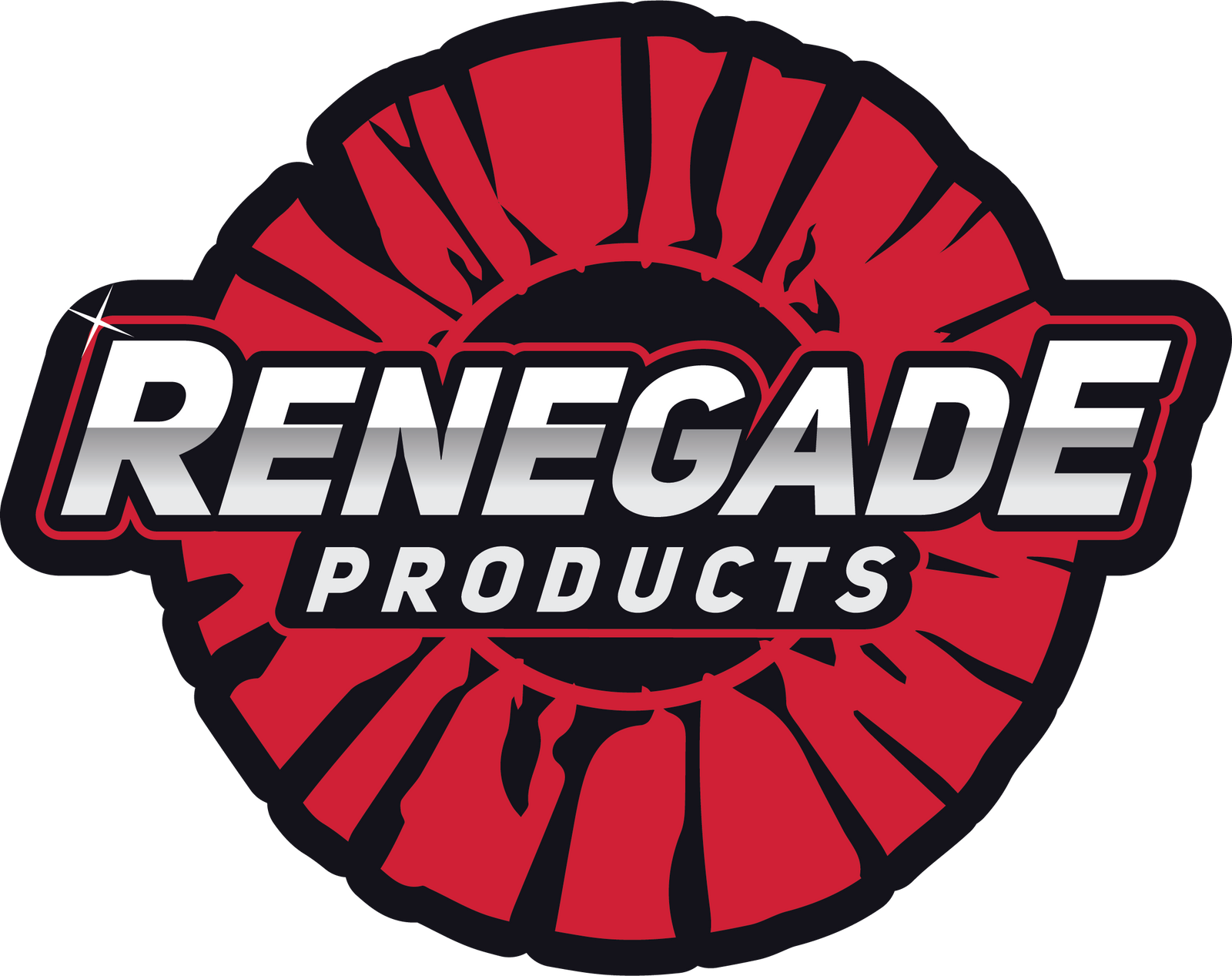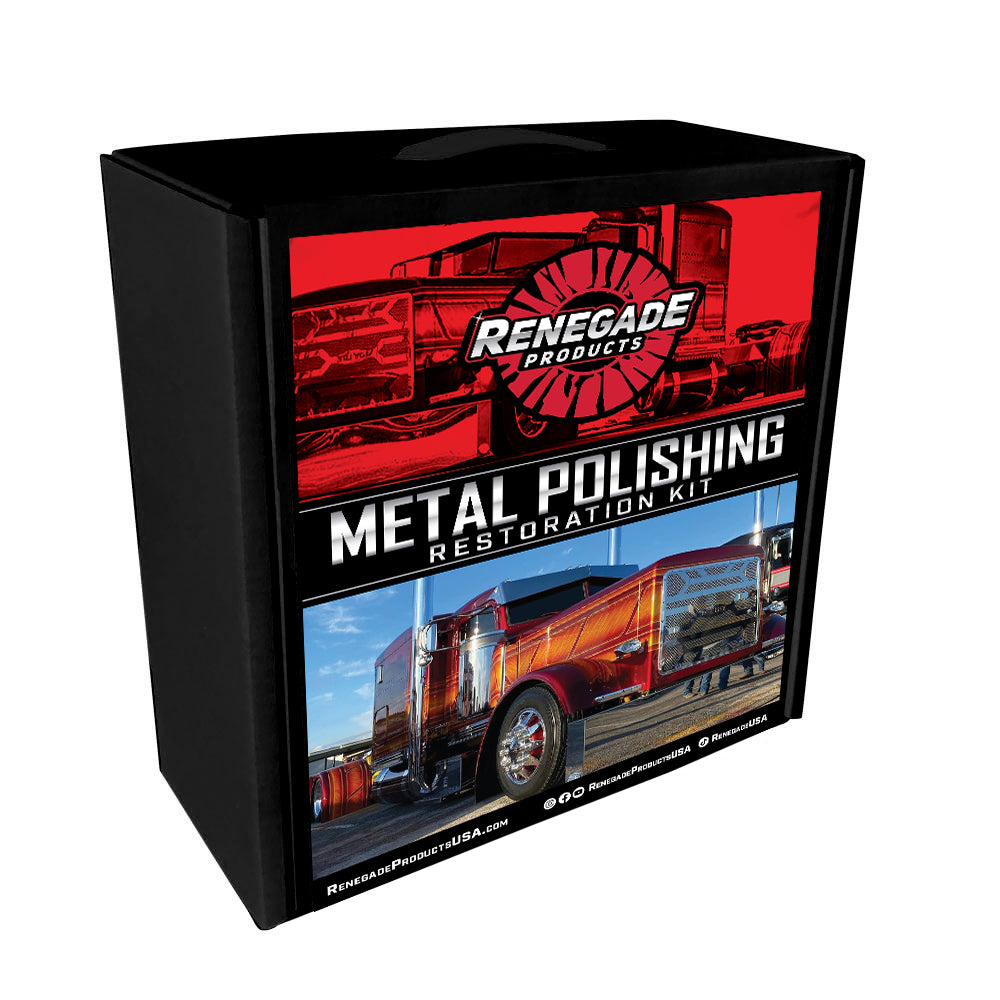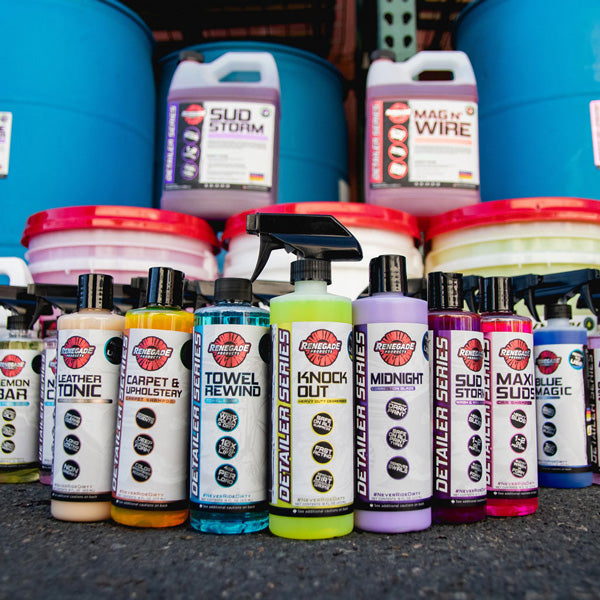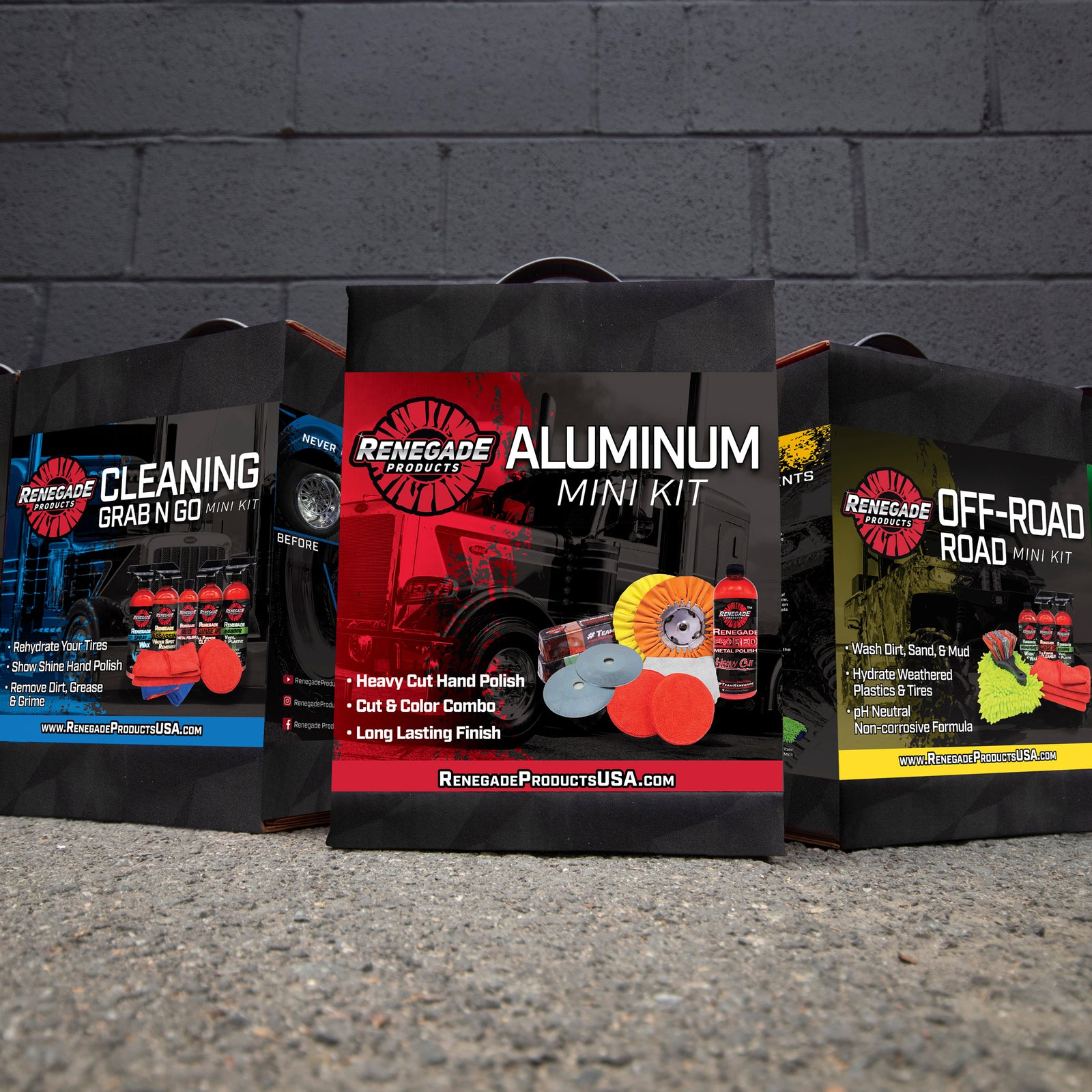When it comes to protecting your vehicles, the two newest kids on the block are ceramic coatings and Graphene coatings. For the sake of this blog, we’ll be discussing “spray-on” coatings for end users and not professionally-applied, multi-thousand dollar coatings.
Most ceramic coatings that are currently on the market contain Silicon Dioxides that form a bond resembling a square, with a repetitive SiO2 bonds, creating a polymer–as seen below:
![]()
The general shape of the SiO2 molecule forms a stable “grid” of single bonds that lends to strength and protection.
With regards to Graphene, the bonded elements consist strictly of Carbon, with evenly-spaced double and single bonds. The molecular structure of graphite/graphene resembles the shape of a hexagon as illustrated below.

The strong Hydrogen bonds holding together the Carbons allows for materials that are exceptionally strong in relativity to their mass, such as diamonds. Graphene is in the same family as diamonds, but on a nano level. In its flat, two-dimensional form, graphene is known to be the strongest known material. Its layout also lends to greater flexibility over SiO2s, as the equal spacing and bonds create less stress points. This strength lends to increased durability and hydrophobicity over conventional ceramics, thus making it an ideal coating for vehicles.
Due to its generally-superior nature, Graphene tends to be costlier and less-available than Silicon Dioxide.
In the end, the difference between conventional ceramic coatings and Graphene coating comes down to cost and durability. They will offer similar results in terms of protection and water beading, with one offering longer protection at a greater cost.




